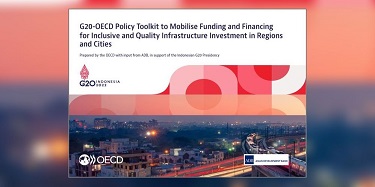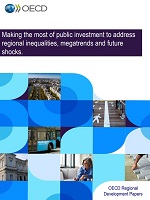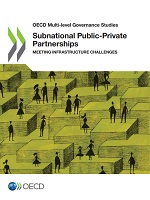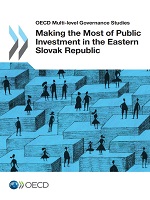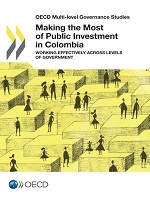Multi-level Governance
Public Investment & Infrastructure
Supporting effective public investment across levels of government
 |
Subnational governments - states, regions and municipalities - play a key role in public investment, particularly in infrastructure, as they invest in areas that are critical for economic development and well-being. On average, subnational governments across the OECD account for nearly 60% of total public investment. When well-managed, public investment is a catalyst for the growth and development of regions and local governments. A place-based approach to investment with effective multi-level governance systems can allow countries to maximise investment returns and support regional development.
The OECD Recommendation on Effective Public Investment Across Levels of Government provides practical guidance for countries and conducts country and region-specific studies that offer actionable recommendations tailored to their unique contexts.
Online Toolkit | Monitoring report | Implementation brochure |
Funding and financing subnational infrastructure investment
Publications
Making the Most of Public Investment to Address Regional Inequalities, Megatrends and Future Shocks - EN | FR |
Subnational Public-Private Partnerships: Meeting Infrastructure Challenges |
Making the Most of Public Investment in the Eastern Slovak Republic |
||||
|
Related works |
Contact |
|
|
|
More information
|
Related Documents

